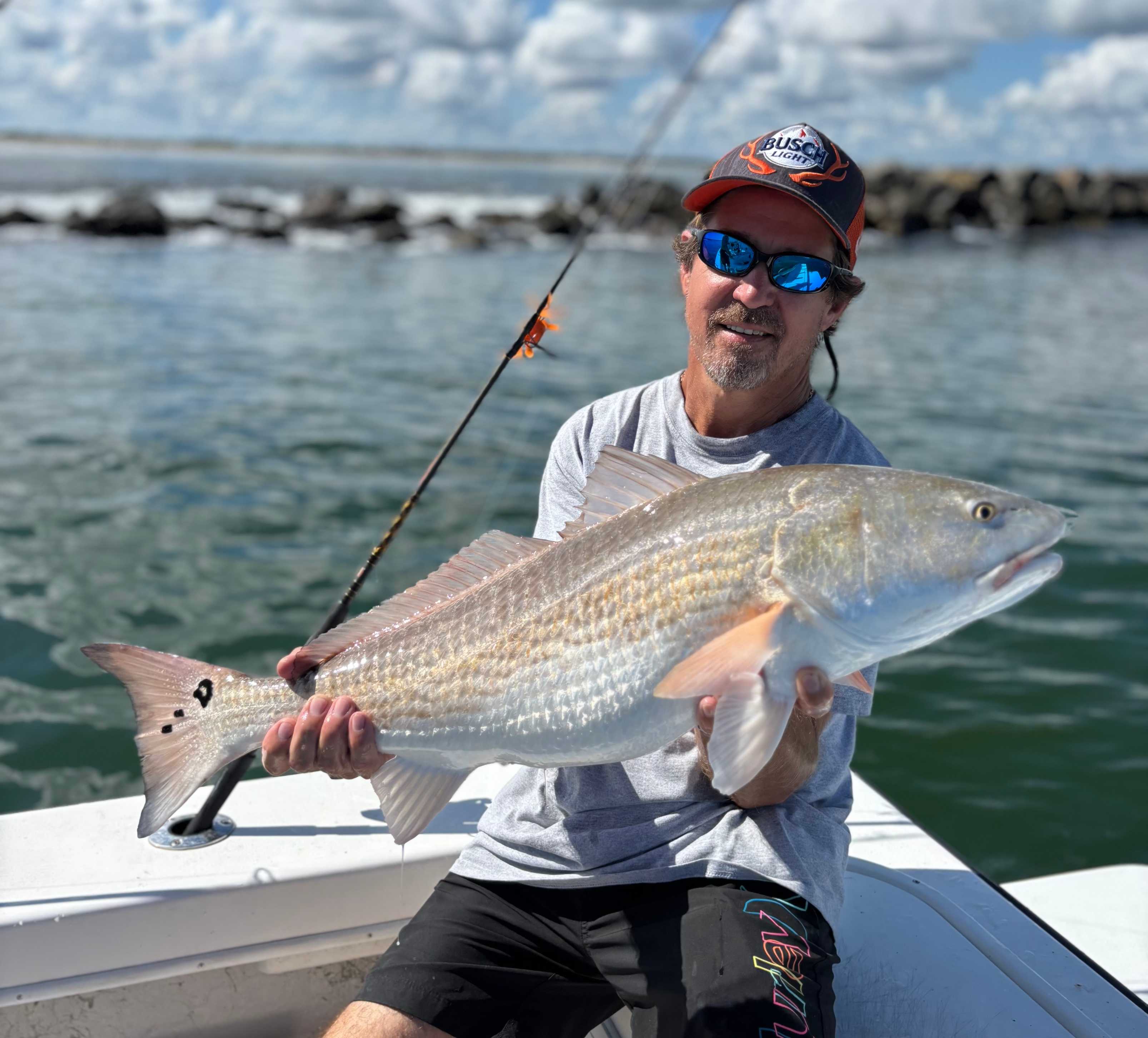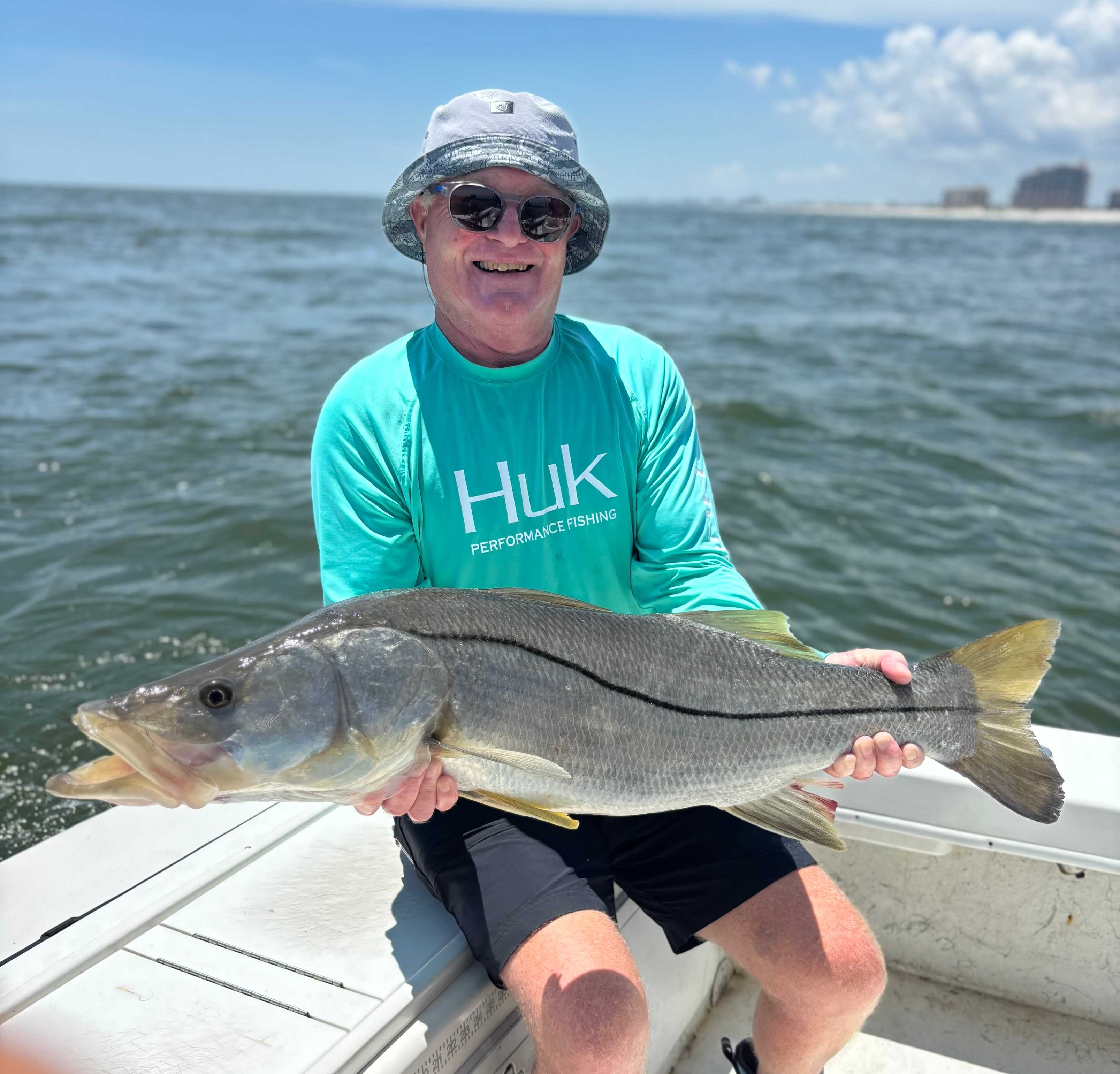Exploring the Riches of Inshore Fishing: Daytona Beach to New Smyrna Beach
Summer in Central Florida is not just about the sun and surf; it's also prime time for inshore fishing enthusiasts. From the bustling Daytona Beach to the serene New Smyrna Beach, the inshore waters, especially around Halifax River and Tomoka Inlet, offer an angling paradise teeming with diverse fish species.
Halifax River: A Hub for Diverse Species
The Halifax River, a segment of the Intracoastal Waterway, is a haven for anglers. Its brackish waters are home to a variety of species, making it a perfect spot for both novice and experienced fishermen. Here, you can expect to hook Redfish, Snook, and even the elusive Tarpon. The river's unique ecosystem, with its mix of fresh and saltwater, creates an ideal environment for these species to thrive, especially during the warmer months.
Tomoka Inlet: The Gateway to Rich Marine Life
Moving north towards Ormond Beach, the Tomoka Inlet serves as a gateway to some of the best inshore fishing spots. This area is particularly known for its Flounder, Sheepshead, and Black Drum populations. The inlet's structure, with its oyster bars and grass flats, provides excellent habitats for these species. Fishing in this area can be particularly rewarding during the early morning or late evening hours when these fish are most active.
Targeting the Popular Species
Summer inshore fishing in this region is not complete without targeting the popular species like Pompano, Mangrove Snapper, and Spanish Mackerel. These species are not only a challenge to catch but also offer a delightful culinary experience. The key to successful fishing for these species lies in understanding their habits and habitats. For instance, Pompano is often found in sandy areas feeding on crustaceans, while Mangrove Snapper prefers the shelter of mangroves and dock pilings.
Tackle and Techniques
Using the right tackle and technique is crucial for a fruitful fishing experience. Light to medium spinning gear is ideal for most inshore species. Live bait such as shrimp or mullet can be particularly effective, though artificial lures also have their place, especially when targeting species like Snook or Redfish. It's also important to pay attention to the tides, as they significantly influence fish behavior.
Maximizing Your Catch: Tips and Tricks for Summer Inshore Fishing
Summer fishing in the Halifax River and Tomoka Inlet regions requires a blend of skill, patience, and local knowledge. To maximize your catch during these warmer months, it's essential to adapt your techniques to the behavior of the fish. Here are some tips and tricks to enhance your inshore fishing experience:
- Understanding Fish Patterns: During summer, many species like Redfish and Snook are more active in the early morning or late evening to avoid the midday heat. Planning your fishing trips around these times can increase your chances of a successful catch.
- Choosing the Right Bait: Live bait such as shrimp, crabs, and mullet are particularly effective in summer. These baits closely mimic the natural diet of inshore species, making them more enticing.
- Utilizing Artificial Lures: When live bait is not an option, artificial lures can be a great alternative. Topwater lures are exciting to use during the early morning, while soft plastics can be effective throughout the day, especially in shaded areas or around structures.
- Fishing Around Structures: Many inshore species are attracted to structures like docks, bridges, and mangrove roots. These areas offer shelter and a rich supply of food. Casting near these structures can often yield good results.
- Staying Mobile: Don’t hesitate to change spots if you’re not having luck. Inshore fish can be highly localized, and sometimes moving just a few hundred yards can make a big difference.
By incorporating these strategies into your fishing routine, you can enhance your inshore fishing experience between Daytona Beach and New Smyrna Beach. And remember, each day on the water is an opportunity to learn and improve your angling skills.
‹ Back







.png)